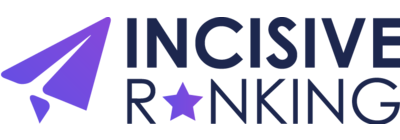No products in the cart.
Google Tag Manager makes it simple to handle JavaScript and HTML tags without the need for a developer — or nearly so. You will still need to have a developer put the Tag Manager code on your website. After that, you can add any services or new scripts directly from the Google Tag Manager interface.









